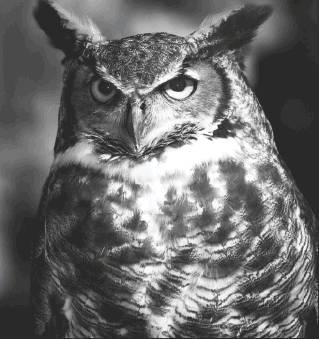Whoo whoo whoo doesn’t like an owl?
Owls seem to inspire a love-hate relationship. People either respect and admire them, or fear and despise them.
In ancient Egypt, the owl was equated with death. When the mighty pharaoh wanted to fire an underperforming minister, he would pass along the image of an owl, with the expectation that the recipient would dutifully kill himself.
The Romans associated owls with the work of witches and the hoot of an owl foretold the deaths of Augustus and Julius Caesar.
The Greeks, however, were more optimistic. They revered the owl and even put the bird on the reverse side of their coins and called these coins “owls.”
Native Americans had varied opinions; Apaches associated owls with death, but the Inuit considered them wise and worth emulating. The Hopi saw the burrowing owl as the keeper of the underworld, helping souls “cross the bridge” to another existence.
There are some 130 species of owls in the world. The most unusual I’ve ever seen was the Pel’s fishing owl in Africa, a truly large and imposing bird. In Texas, there are 15 recorded species and most common in our area are eastern screech owl, barn owl and great horned owl.


